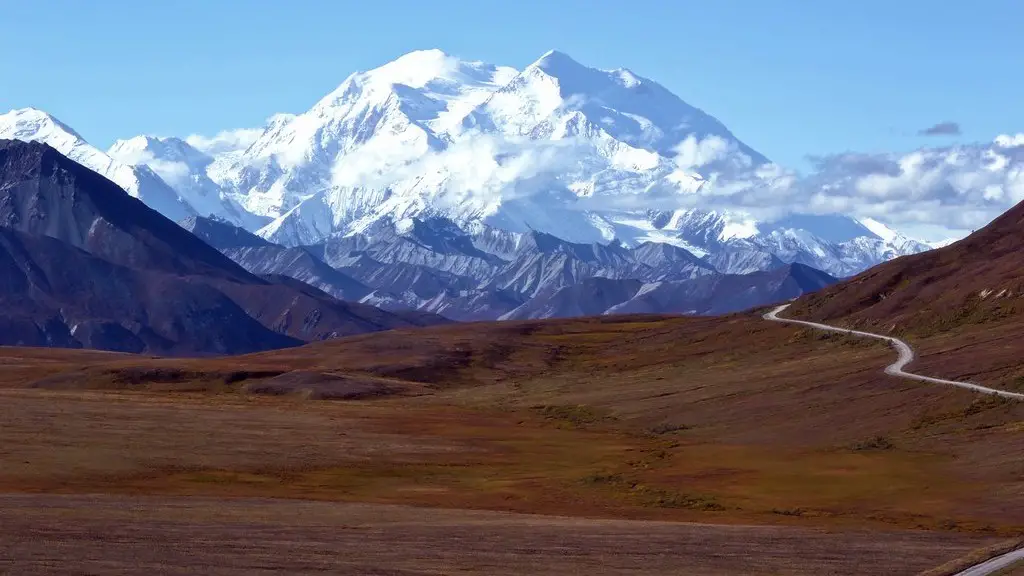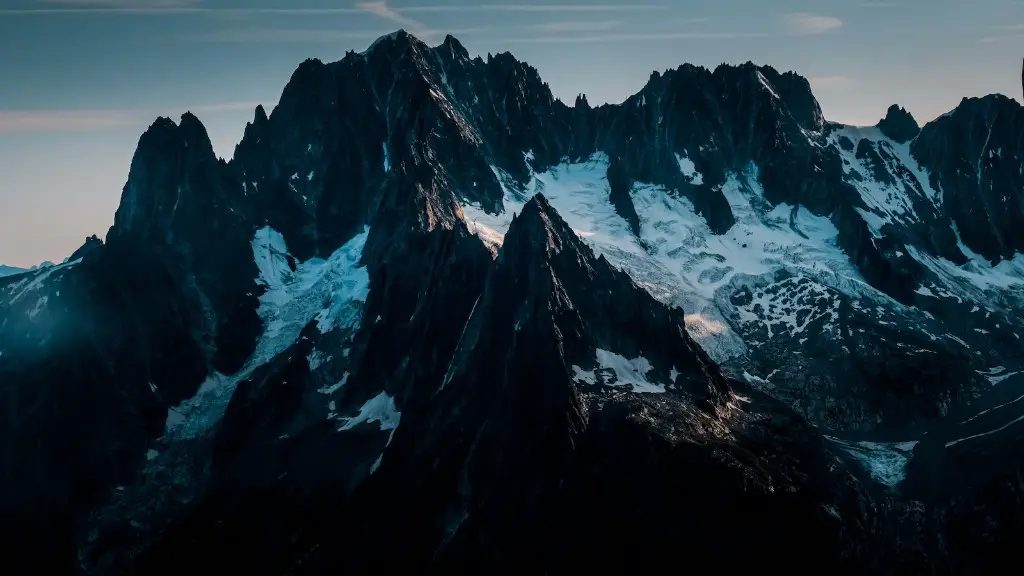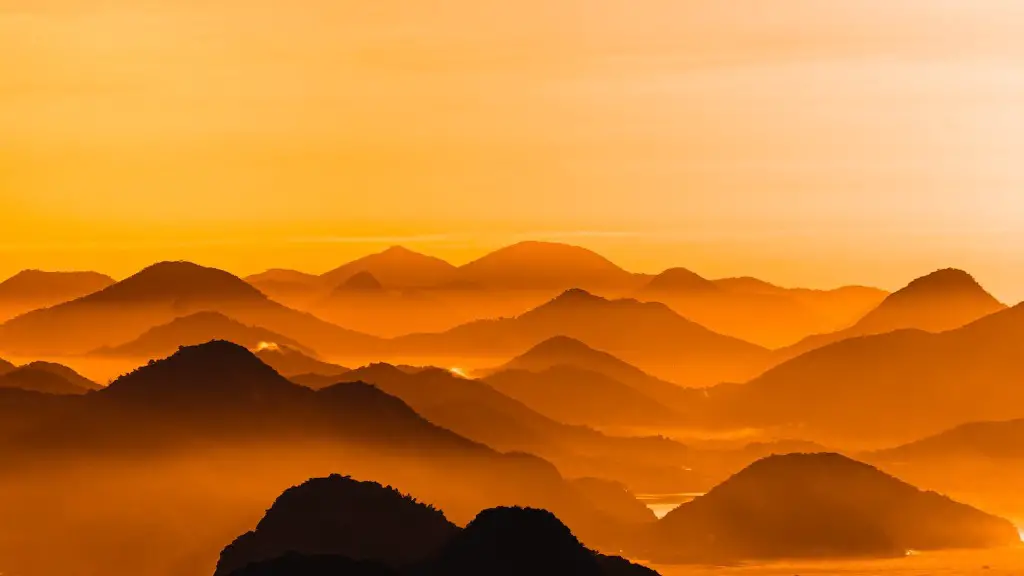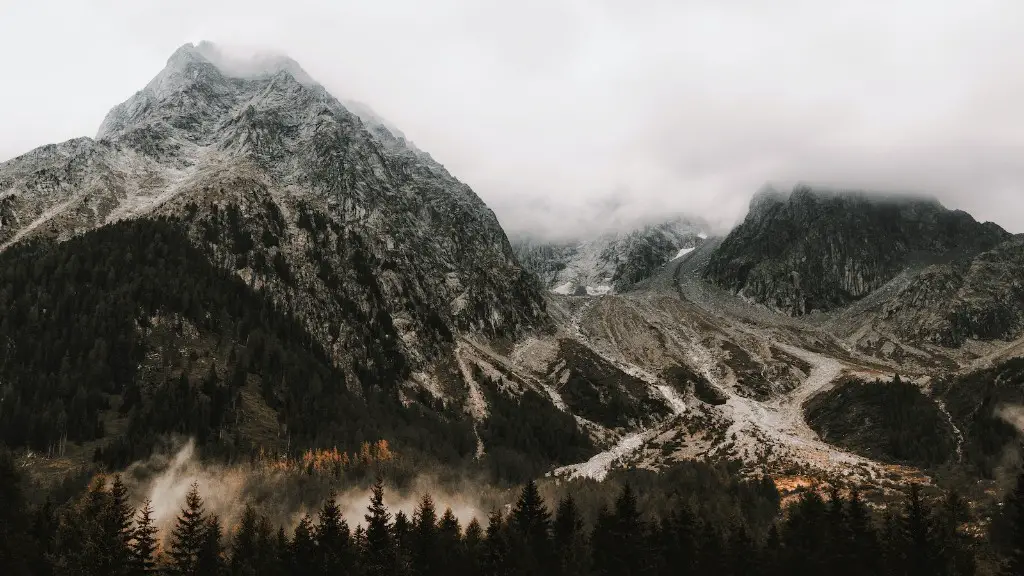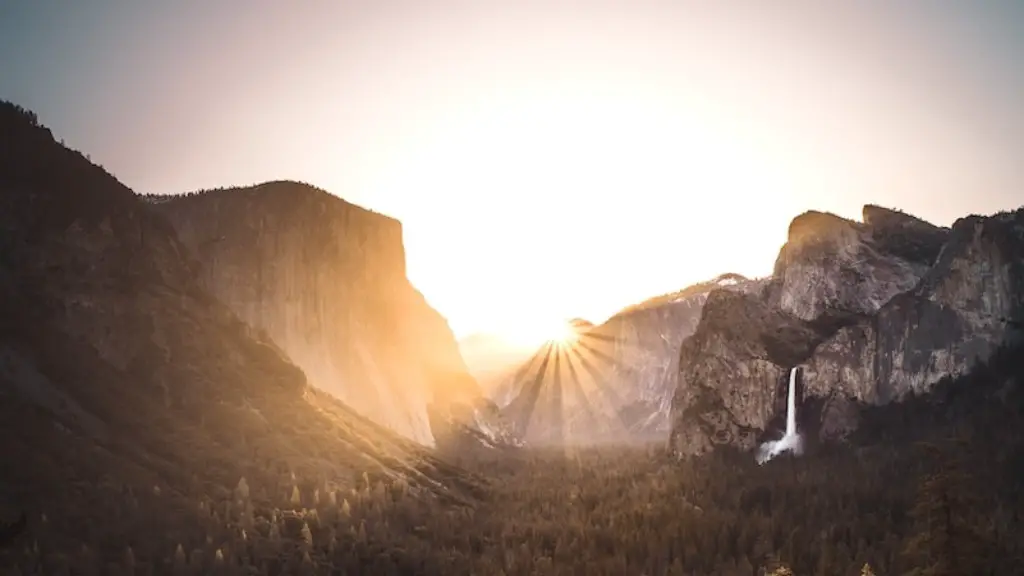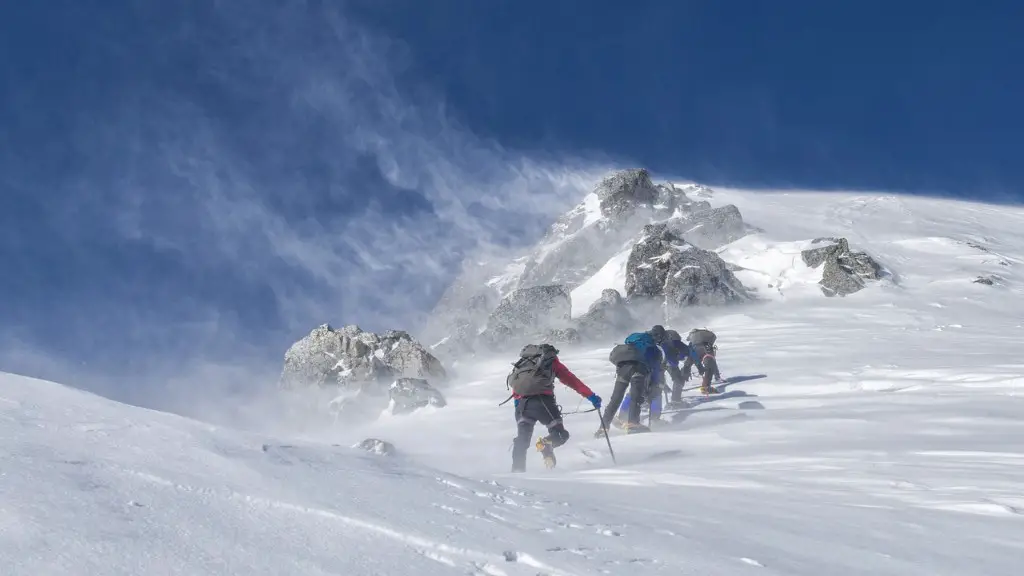The “death zone” on Mount Everest is the area above 8,000 meters (26,247 feet) where the air is so thin that human beings cannot survive for long. Above this altitude, the body cannot process the oxygen in the air fast enough to sustain life.
Climbers in the death zone are in a constant state of cerebral edema, or brain swelling, which can lead to disorientation, nausea and vomiting, headaches, and exhaustion. At its worst, cerebral edema can cause hallucinations, delirium, and death.
The death zone is a term used to describe the areas of a mountain above 8,000 meters (26,247 feet), where the air is so thin that human beings can no longer survive without supplementary oxygen.
Where is the death zone in Everest?
The “death zone” is the part of Mount Everest that is above 8,000 meters (26,247 feet). Climbers must give their bodies time to get used to the higher altitude by spending several weeks climbing the mountain and stopping to rest every few thousand feet. The air in the death zone is much thinner, so it is harder to breathe. The lack of oxygen can also cause climbers to become confused and disoriented.
The death zone is the area above 8,000 meters (26,000 feet) where the air is so thin that the body can no longer function properly. Most of the 200+ climbers who have died on Mount Everest have died in the death zone.
People are advised not to stay in the death zone for more than 16 to 20 hours because the body will start to shut down and it becomes very difficult to think clearly. Short stays in the death zone can also be deadly.
How many bodies are in the death zone on Mount Everest
There are thought to be over 200 bodies left on Mount Everest. No one is entirely sure how many or exactly where many are because of the horrific and unrelenting conditions. That means two-thirds of the people that died on Everest are still there.
Why do people climb Everest? For some, it is the challenge and the adventure. For others, it is about proving something to themselves or to the world. Whatever the reason, it is an incredibly dangerous undertaking with a high risk of death.
The death zone is the most dangerous part of a climb up Mount Everest. Temperatures in this zone never rise above zero degrees Fahrenheit, and any exposed skin freezes instantly. A loss of blood circulation to climbers’ fingers and toes can cause frostbite, and in severe cases, the skin and underlying tissues may die, leading to gangrene.
What kills most people on Everest?
Since 1953, when the first men reached the summit, more than 300 climbers have died on their way to the top of the world’s tallest mountain. A third of these succumbed to the deadly lack of oxygen.
The following is a note on deaths attributed to avalanches, falls, serac collapse, exposure, frostbite, or health problems related to conditions on the mountain. Not all bodies have been located, so details on those deaths are not available.
Avalanches, falls, and serac collapse are the most common cause of death on mountains. Exposure and frostbite are also common causes of death, but not all bodies have been located, so details on these deaths are not available. Health problems related to conditions on the mountain are also a common cause of death, but again, not all bodies have been located, so details on these deaths are not available.
Do any animals live on Everest?
Everest’s upper reaches are home to few animals due to the permanent snow at high altitudes. However, about 150 bird species reside within the park. Certain lichens and mosses are able to grow at the lower altitudes where there is less snow.
If you are planning to travel to high altitudes, it is important to be aware of the risks of altitude sickness. Failure to acclimatize properly may result in serious illness, including high-altitude pulmonary edema (HAPE) or cerebral edema (HACE). Although rare, these conditions can be deadly.
It is important to consult with a doctor before travel to high altitudes, particularly if you have any pre-existing medical conditions. Once at altitude, it is important to take things slowly and listen to your body. If you experience any strange symptoms, descend to a lower altitude immediately.
What is the oldest body on Mount Everest
George Mallory’s body was found in 1999, 75 years after his death in 1924. The body was found during an unusually warm spring, and it is believed that Mallory had attempted to be the first person to climb Everest. It is unknown if he achieved his goal, as he disappeared before anyone could confirm it.
When people die on Everest, it can be difficult to remove their bodies. Final repatriation costs tens of thousands of dollars (in some cases, around $70,000) and can also come at a fatal price itself: two Nepalese climbers died trying to recover a body from Everest in 1984.
What is the most famous dead body on Everest?
Green Boots is one of the most famous bodies on Everest. He was an Indian climber and constable with the Indo-Tibetan Border Police. His body appeared where it is today on May 10th, 1996.
A “dead zone” is an area in the ocean where there is little to no oxygen. This can be caused by a variety of things, but is most often due to pollution. This pollution can come in the form of chemicals, or simply from too much organic matter (such as sewage or algae blooms). When there is not enough oxygen dissolved in the water, it becomes difficult for marine life to survive. This can lead to mass die-offs, or simply cause animals to leave the area in search of oxygen-rich waters.
Is Sleeping Beauty still on Everest
The note is to inform the reader that two people have died in the mountains due to bad weather.
You need experience, experience, experience: having attempted the Seven Summits isn’t sufficient training for this kind of mountaineering. But beyond high-altitude climbing experience, you also need good footwork, good self-management and understanding of when you might need to turn back.
Who lives the closest to Mount Everest?
Sherpas are known for their Männerwirtschaft, or “man’s work,” which includes mountaineering, stone wall building, and yak herding. Most are subsistence farmers, living in small villages in the valleys of the Himalaya. Many also work as porters or guides for tourists who come to hike in the mountains.
Although the death rate from climbing Mount Everest in the last 30 years is only 1%, the percentage of successful attempts is much lower at 4%. This means that, although your chances of dying while climbing the mountain are slim, you need to be properly prepared and have a professional guide with you to increase your chances of success.
How much does it cost to climb Mt. Everest
The cost of climbing Mount Everest has been on the rise in recent years, with prices ranging from $28,000 to $120,000 in 2017. The cost of a trek up Everest in 2022 is expected to be even higher, with prices ranging from $30,000 to $160,000. The average cost of a climb is expected to be around $45,000. While the cost of climbing Everest may be prohibitive for some, the experience is truly unique and is something that cannot be replicated.
Yes, a helicopter can fly to the top of Mount Everest. A helicopter-based summit to the top of Everest has been successful as well. In 2005, Didier DelSalle flew to the top of Mount Everest.
Final Words
The death zone on Mount Everest is above 8,000 meters (26,247 feet).
The death zone on Mount Everest is the area above 8,000 meters (26,247 feet). This is the point where the human body can no longer acclimatize to the altitude and starts to experience altitude sickness. Symptoms include headache, loss of appetite, fatigue, and dizziness. In severe cases, it can lead to edema, cerebral edema, and pulmonary edema. Many climbers have died in the death zone, and it is considered to be the most dangerous part of the mountain.
